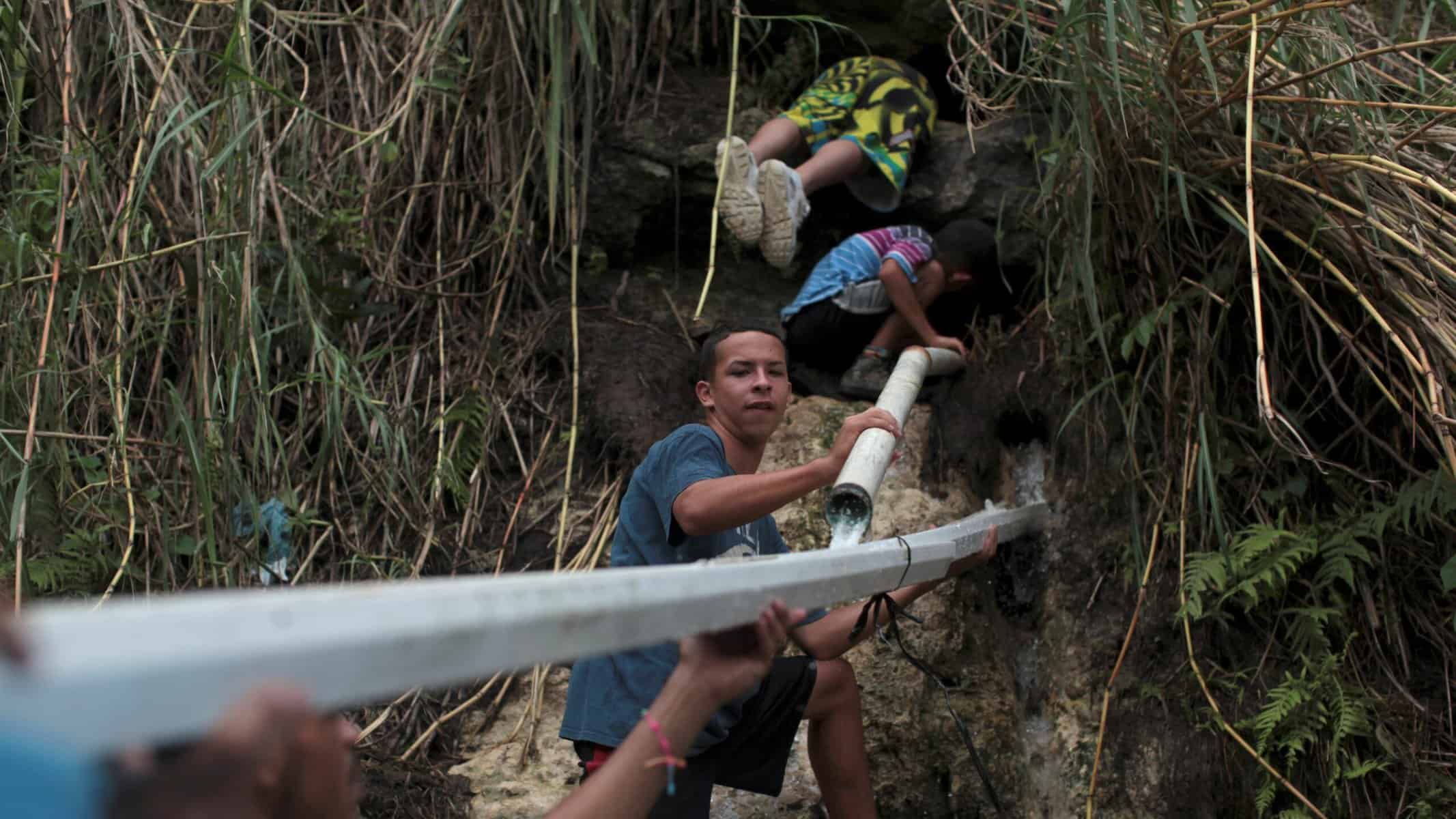

The disaster in Puerto Rico wrought by hurricane Maria is still unraveling one month after it hit. Most of the island remains without electricity. A third of residents still don’t have running water, while those who do can’t count on what comes out of the faucet being clean. Meanwhile, pools and puddles of standing water due to recent heavy rains (link in Spanish) following Maria are primed to spread disease.
Carmen Deseda, Puerto Rico’s state epidemiologist, says the island has counted 74 suspected cases of leptospirosis, a bacterial illness transmitted through water, food, or soil contaminated by infected animal urine, this month so far. The illness causes symptoms such as high fever and vomiting and can be fatal without antibiotic treatment.
The island normally reports only 60 cases a year, according to Deseda. The US Centers for Disease Control and Prevention is still in the process of confirming those cases, but less involved tests by local labs have identified 57 leptospirosis cases already, according to local paper Primera Hora. “The young people and children who are using areas where there is pooled water, which can be diluted with mouse urine, they can contract leptospirosis there,” Deseda told local […]
Full article: Puerto Rico is becoming a textbook example of how waterborne disease outbreaks spread
How a Yemen Water Plant Helped Cut Cholera by 92 Percent
Drinking Water — World Health Organization
Clean water is essential for life, yet millions of Americans unknowingly consume contaminants through their…
Human brains contain higher concentrations of microplastics than other organs, according to a new study, and the…
From the Office of the Governor: In anticipation of a multi-day, significant atmospheric river in Northern California,…
From Governor Newsom: Scientists, water managers, state leaders, and experts throughout the state are calling…
Photo: A harmful algal bloom in Milford Lake, Kansas, made the water appear bright green.…
An expanded plastic foam coffee cup is at a donut shop in Monterey Park, California.…